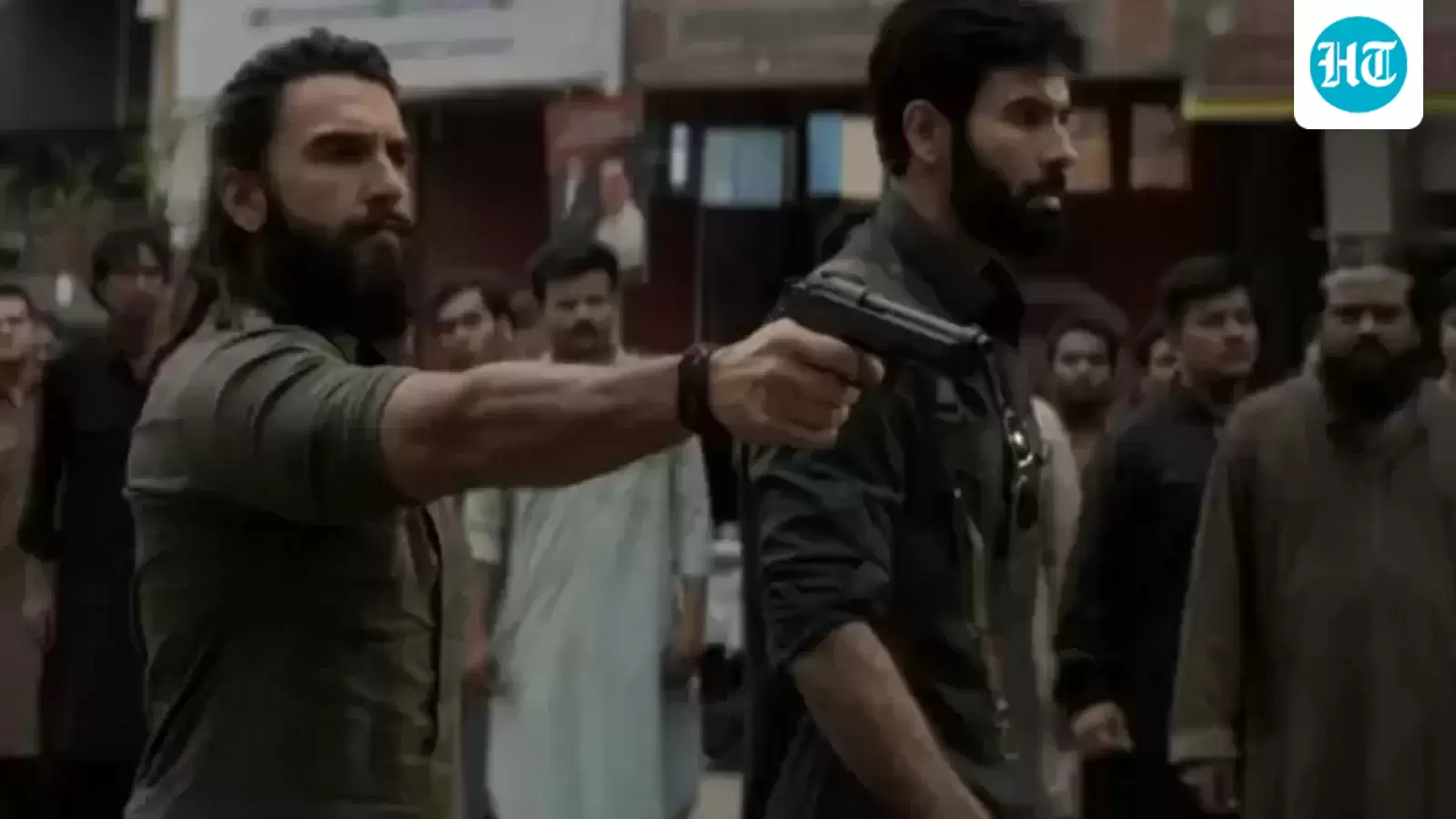Former Prince Andrew has delivered a brutal blow to…
Blog
-

Shrewsbury cafe owner bringing Christmas Day cheer
A cafe in Shropshire is preparing dozens of free Christmas dinners and gifts for anyone in the community who might otherwise be alone on Christmas Day.
Fred Bilgic, owner of The Ploughboy in Shrewsbury, has been doing it for 11 years after his wife had the idea, and said it was the family’s way of giving back.
In total, the cafe expects to serve about 200 people with turkey, beef and chicken meals and will be taking food to homeless people in the town.
“Loads of people are lonely,” Mr Bilgic said, “we’re just happy to help make their Christmas Day.”
Continue Reading
-
Mohammed Bakri, the filmmaker who championed Palestinian cause, dies at 72 – Dawn
- Mohammed Bakri, the filmmaker who championed Palestinian cause, dies at 72 Dawn
- Renowned Palestinian actor and director Mohammed Bakri dies at 72 CNN
- Mohammad Bakri, actor and director of controversial ‘Jenin, Jenin,’ dies at 72 The Times of…
Continue Reading
-

Dhurandhar box office collection worldwide day 20: Becomes Ranveer Singh’s first film to enter top 10 movies of all time
The final figures are in for Dhurandhar’s box office collection after 20 days in theatres. The Adtiya Dhar spy-actioner has minted ₹944 crore at the box office, making a place for itself on the list of the most successful Indian movies of all…
Continue Reading
-
Israel strongly rejects the statement by foreign countries regarding the Cabinet decision on settlements in Judea and Samaria – www.gov.il
- Israel strongly rejects the statement by foreign countries regarding the Cabinet decision on settlements in Judea and Samaria www.gov.il
- 14 countries, including Britain, Canada and France, condemn new settlements in occupied West Bank Dawn
Continue Reading
-

Sign language interpreters say job can be ’emotional whiplash’
Deaf student Caroline Doherty, who is already fluent in both BSL and ISL, wanted to gain a formal qualification after helping friends in the deaf community who were struggling to access services.
She said deaf people have an indigenous…
Continue Reading
-

Shashi Tharoor Urges BCCI to Fast-Track Vaibhav Suryavanshi
The teenager also broke former South African great AB de Villiers’ long-standing record for the fastest 150 in men’s List A cricket. He reached the milestone in 59 balls, bettering de Villiers’ 64-ball effort against West Indies in 2015.
Continue Reading

Jersey and Guernsey stories to make you smile
 Drusillas
DrusillasAn escaped capybara, missing rings united after a tip raid and a teenager with no hands who said golf had saved his life.
We have selected six stories to make you smile that…
Continue Reading

2025 in review: A cosmic spectacle, the dire wolf’s return and other stories
For Colossal Biosciences, a Dallas-based startup which also aspires to resurrect the extinct woolly mammoth, it’s just science.
“We took DNA from a 13,000-year-old tooth and a 72,000-year-old skull and made healthy dire wolf puppies,” Ben…
